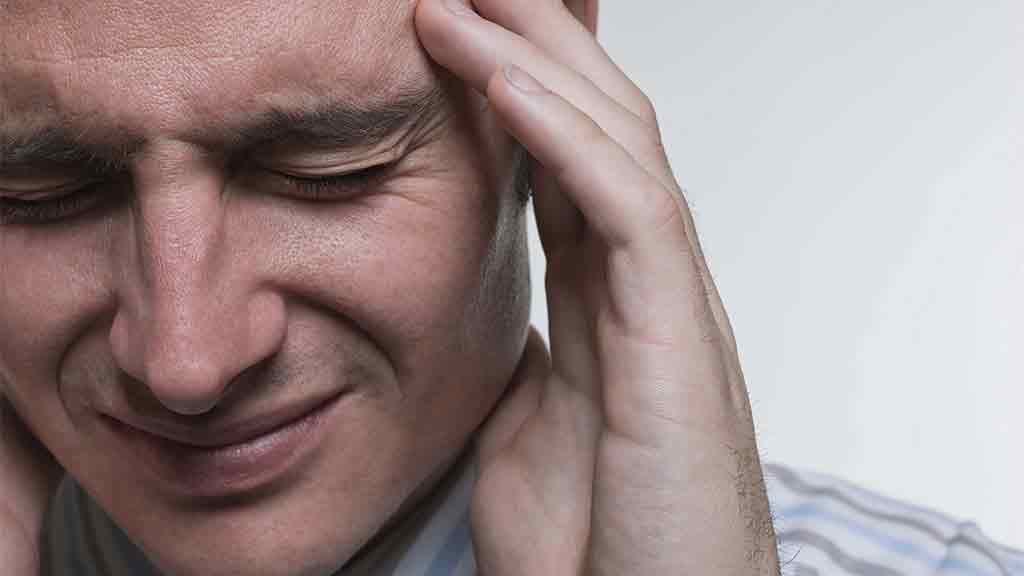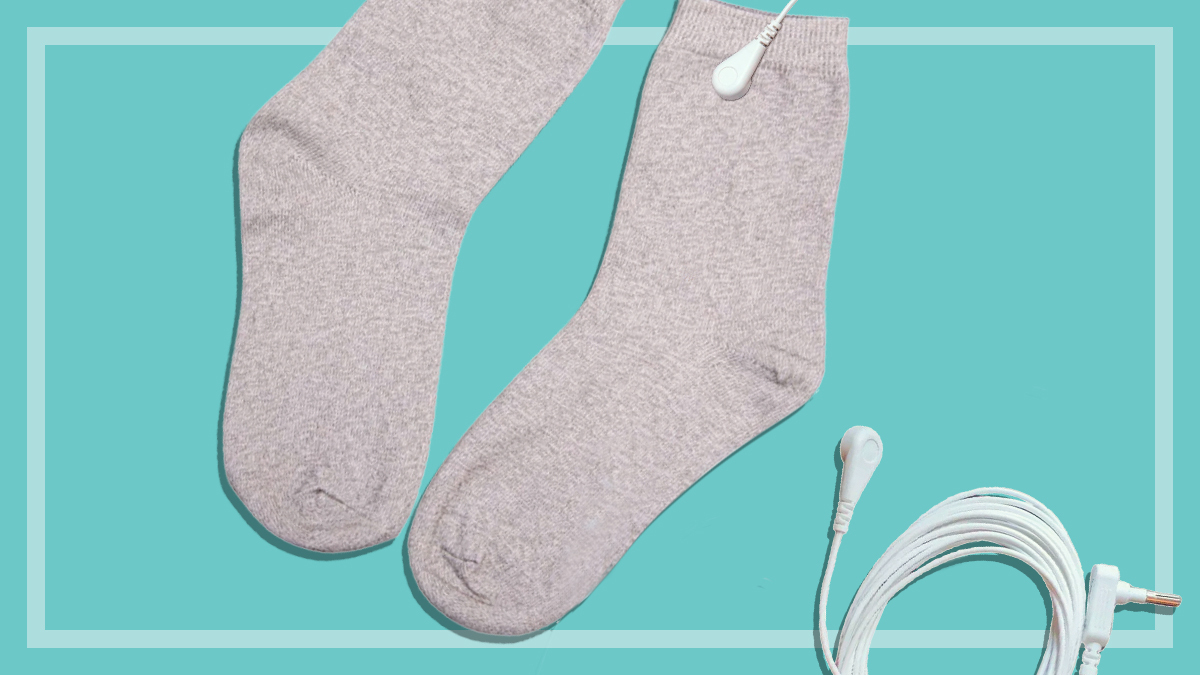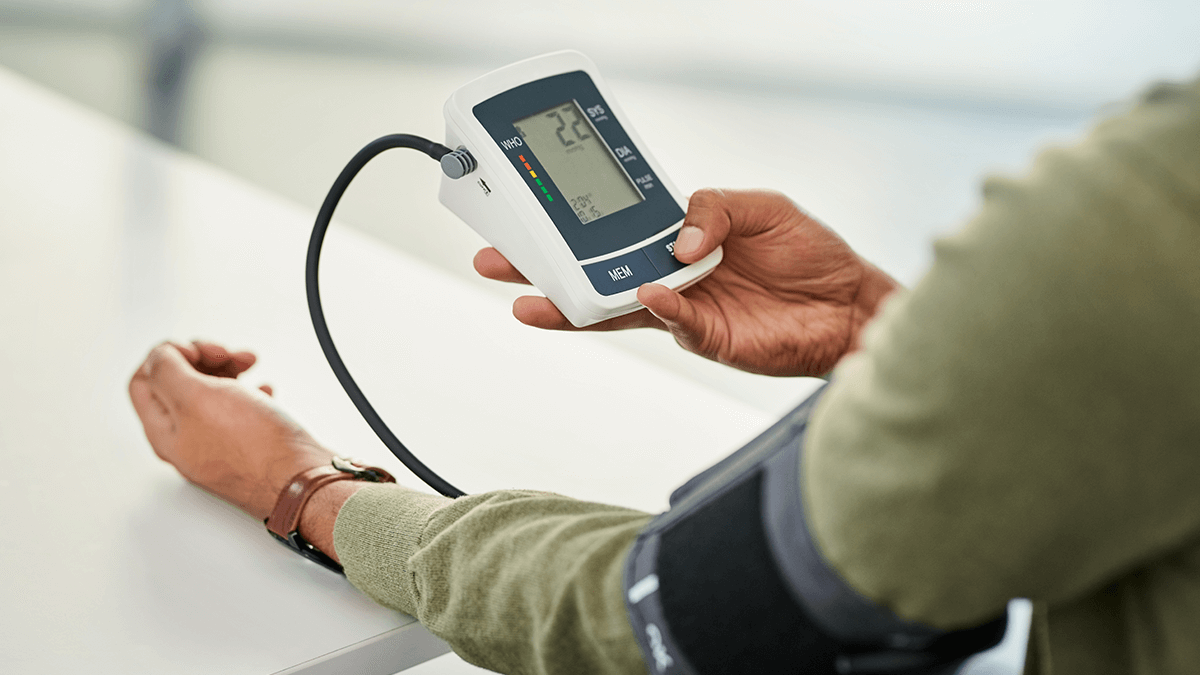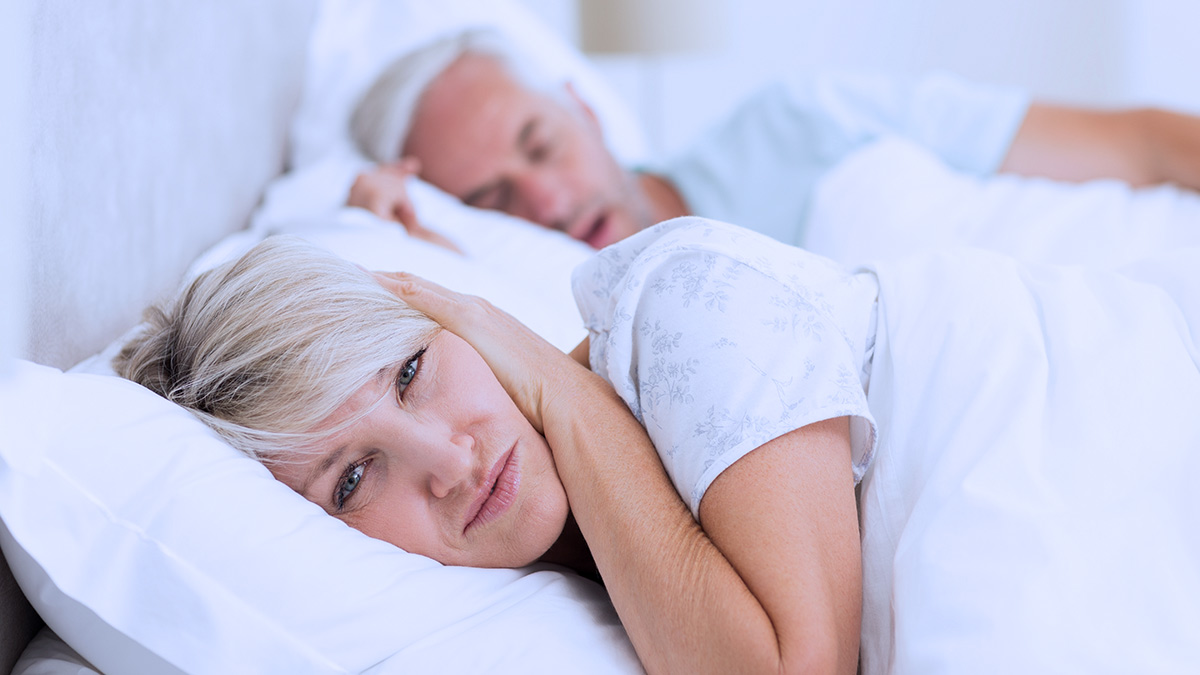Get our independent lab tests, expert reviews and honest advice.
Migraine and headache pain relief

When you have a headache, over-the-counter (OCT) analgesic medicines such as paracetamol, aspirin and ibuprofen can be a fast, effective remedy that stops the pounding pain. But thanks to an increasing range of treatment options, finding a solution to soothe the pain isn’t as simple as it sounds, while taking too many painkillers can potentially make the problem worse.
On this page:
- Defining your brain pain
- Secondary headaches
- Treatment options
- Stay on target?
- Alternative therapies
Working through the list of options can put a strain on your already-suffering brain, especially with all the medical jargon involved. We’ve broken down the key points you need to consider when shopping for headache and migraine medication.
Defining your brain pain
Your headache will usually fall into one of these two categories:
Primary headaches
These include tension-type headaches, migraines and cluster headaches.
- Tension-type headaches are the most common, affecting around 7 million Australians. Their specific cause is unknown, but triggers can include poor posture, bright lights, stress and fatigue. They may not always relate to ‘muscle tension’ as is popularly believed.
- Migraines are also reasonably common, with about 15% of the population having suffered from them. Apart from moderate or severe throbbing head pain, which may be aggravated by movement, migraines can be associated with nausea, vomiting, photophobia (sensitivity to light) and/or phonophobia (sensitivity to noise). Women are up to three times more likely than men to suffer from migraine headaches. They’re most common when people are in their 20s and 30s, and tend to reduce in severity later in life.
- Cluster headaches are extremely painful headaches that cause groups or “clusters” of attacks, usually for several weeks at a time. These attacks can last between 15 minutes and three hours, with up to three potential attacks occurring each day. They are very rare, affecting about 1 in every 1000 people, typically between the ages of 20 and 40.
Secondary headaches
These are caused by an underlying condition such as disease or injury, which needs to be identified and treated. Sinusitis, meningitis, encephalitis, stroke, brain tumours, dental problems, or physical trauma such as whiplash or concussion can cause secondary headaches – as can a few too many drinks!
You should seek medical assistance immediately if your headache:
- is much worse than, or different to, any headache you’ve had before,
- starts suddenly or is aggravated by exertion, coughing, bending over or sexual activity,
- is associated with persistent nausea and vomiting
- is associated with fever or stiff neck
- is associated with seizures
- is associated with recent head trauma or a fall
- is associated with changes in vision, speech or behaviour
- is associated with weakness or change in sensation
- is not responding to treatment and getting worse
- requires more than the recommended dose of OTC medications for pain
- is disabling and/or is interfering with your work and quality of life.
Medication overuse headache
Usually an incoming headache means a quick trip to the medicine cabinet, but did you know that too much medication can possibly make things worse? Medication overuse headache (MOH), once known as ‘rebound headache’ is now the third-most common headache type (after tension and migraine), and is estimated to affect two per cent of the population.
The exact reason for MOH headaches is unclear, but it’s believed that regular use of painkillers may alter the processing of pain signals in the brain, making you more sensitive to pain and affecting how your brain naturally deals with it. In response, you take more painkillers, continuing the cycle, and after a while, your body becomes used to the presence of a certain level of the drug, reducing the effects. Stopping the dosage can result in withdrawal, which leads to more pain.
MOH can arise from taking as few as 15 doses of painkillers for headaches in a month for three months, depending on the individual and the type of painkiller used (see Your treatment options). Interestingly, if you’re taking painkillers for pain other than headache – such as osteoarthritis – you’re less likely to suffer the MOH effect.
A diagnosis of MOH is made if headaches occur on more than 15 days per month for at least three consecutive months, in conjunction with the regular use of painkillers. Depression and anxiety are commonly associated problems and may complicate treatment. The treatment of choice is complete withdrawal, under your doctor’s supervision. During this time, your headache often worsens before it gets better.
Treatment options
Many over-the-counter (OTC) treatments are known by their brand name rather than a generic term. You can often save money by buying generic drugs which are chemically equivalent to their branded counterpart. These include:
- paracetamol – Panadol and Herron
- ibuprofen – Nurofen, Brufen and Advil
- naproxen – Aleve
- diclofenac – Voltaren.
OTC products such as aspirin, paracetamol and non-steroidal anti-inflammatory drugs (NSAIDs) can usually relieve the symptoms of most tension-type headaches. These include ibuprofen (Nurofen) or naproxen (Aleve), while acupuncture, physical therapy, cognitive behavioural therapy and relaxation techniques may also help with frequent headaches (see Alternative therapies).
You can often treat mild migraines with aspirin, paracetamol or NSAIDs (including ibuprofen, naproxen or diclofenac), but more severe incidents may require prescription medication. There are several prescription medicines that, taken daily, may help reduce the frequency and/or severity of migraines. Your doctor can determine what’s likely to help you, with options including triptans, anti-emetics, ergotamine compounds, beta blockers, some anti-depressants, anti-epileptic medications, or calcium channel-blockers. Opioids (such as codeine or pethidine) are not recommended.
A specific headache diagnosis is the best way to obtain the right treatment. If a prescribed treatment hasn’t been successful, see your doctor again for a different prescription – or seek a second opinion.
Stay on target?
Many painkillers advertise their ability to identify and ‘target’ pain in specific parts of the body, including tension headache, migraine, back pain, neck pain, period pain and osteoarthritic pain. It sounds like the perfect solution – after all, a migraine-specific ibuprofen is bound to work better than an all-over product right? Not exactly. Painkillers act systemically rather than locally, so the drug is absorbed into your bloodstream and accesses most tissues in your body, not just the site of pain.
In fact, a closer look at the ingredients reveals they are often identical from product to product. For example, Nurofen Migraine Pain contains 200mg of ibuprofen, the same as Nurofen Back Pain, Nurofen Period Pain, Nurofen Tension Headache Pain and regular Nurofen Tablets. Panadol Back + Neck Pain contains the same 500mg of paracetamol as regular Panadol tablets, while the eight-hour sustained-release Osteo and Back + Neck products both contain 665mg. These ‘targeted’ products are often more expensive than their identical ‘regular’ counterparts – in fact, in 2010 we gave Nurofen a Shonky award for this very reason.
Alternative therapies
Feverfew and butterbur are herbal remedies that have been found to reduce the incidence of migraines – as have riboflavin (vitamin B2), magnesium (oxide or chelated) and coenzyme Q10 supplements. Our sister organisation in the US, Consumers Union, has put compiled a summary of supplements for migraines on its Consumer Reports on Health website.
A recent review of 22 studies found consistent evidence that acupuncture is also useful for treating acute migraine attacks and appears to be at least as effective as, or possibly more effective than, preventative drug treatment – with fewer adverse effects.





